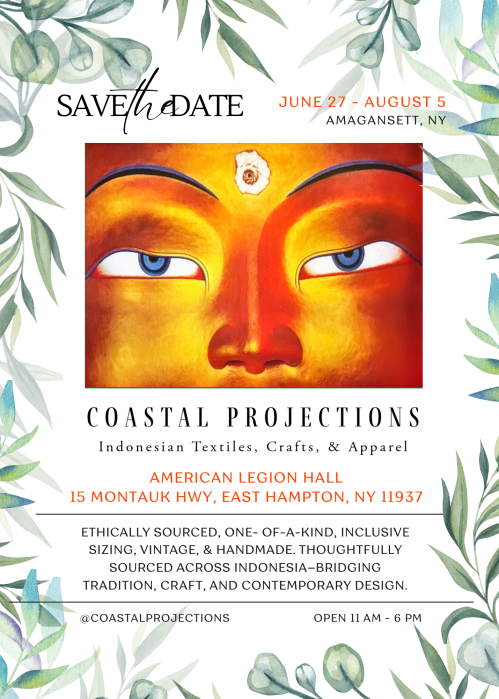Foster Cats: Saving iPhone Earphones by Losing my Ears

Last Thursday was the day that Apple announced their new iPhone 7. They are doing away with the earphone jack. Instead, the iPhone will have two earpieces, called AirPods. Each will sit cradled in your ear, one for the right and one for the left. You will walk around without wires and appear to be talking to yourself. Could create a problem. More importantly, because it is attached by Bluetooth rather than by wire, you get all the music digitally, rather than by analog. The digital sound is far superior. They say.
Personally, I love music that comes in analog. It’s old school. Smooth. Not sharp. And yet, Apple is now betting the farm on digital.
And so, I very much wanted to hear the digital. If Apple succeeds in changing how we hear music—and they’ve caused revolutions in certain ways of doing things before—I will be an unhappy camper.
I tried to find a review online of how the music sounds. But the phone was not yet available for review. Won’t be available until the end of September. As a result of this, I decided to buy a spare analog iPod. I have 1,100 songs I love. If they discontinue analog, I can continue along for a while.
Over at GeekHampton in Sag Harbor, which is our local Apple dealer, I found that the iPod I have, a square, is no longer being sold. The new one is rectangular and, I was told, has a few improvements in the analog sound. It was $149. I bought it. And I decided to see if that was true. Maybe if I like my old one better, I would return the new one and look for another square one, used, on eBay.
Back at home I spent the next hour listening to the same songs, first on one, and then on the other. Some of my older songs, such as “Maybellene” by Chuck Berry, were muddier on the newer iPod. On the other hand, Taylor Swift’s “You Belong with Me” sounded better on the newer iPod.
I listened at regular volume and I listened at high volume. I listened on Bass Boost and I listened on Concert Mode. I tried some different songs. Robert Palmer’s “Addicted to Love” sounded better on the old iPod. The grand finale of Beethoven’s Ninth sounded better on the new iPod.
At dinner that evening, my wife talked about a new museum exhibition in New York City we might want to see.
“It’s an exhibition of foster cats,” she said.
Foster cats. What would that be like? Are foster cats different from regular cats? What sort of people take in foster cats? I imagined some unhappy foster cats meowing in glass enclosures in the museum galleries.
“I don’t know if I’d care to see foster cats,” I told her. “Doesn’t sound that interesting.”
“It’s plaster casts,” she said. “They make these plaster casts. You go in. They do a cast. Every one is unique. And they keep them at the museum.”
That’s interesting, I thought. People off the street get casts of themselves. We could go in and they could make casts of us.
“Great idea,” I said. “I wonder if they could do a cast of the two of us together.”
“No, no,” she said. “These plaster casts are made of great classic statues. Sellers make them and send the plaster casts on ahead. So when they ship the real ones, the buyer can see it’s a perfect fit. Well, this is an exhibit of the plaster casts. Nobody has ever done this before. Apparently they are quite remarkable. They are at the Institute of Classical Architecture & Art on West 44th Street.”
“I liked it better when it was foster cats,” I said.
And so, this is a warning. Don’t turn the volume all the way up on your earphones or AirPods. If you do, be prepared for an alternate reality.
It can be great fun. But then the swelling goes down.









